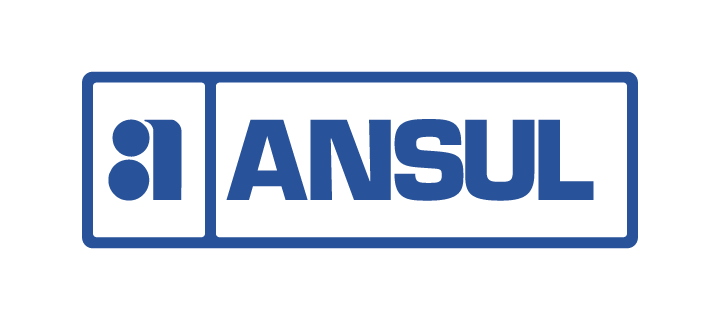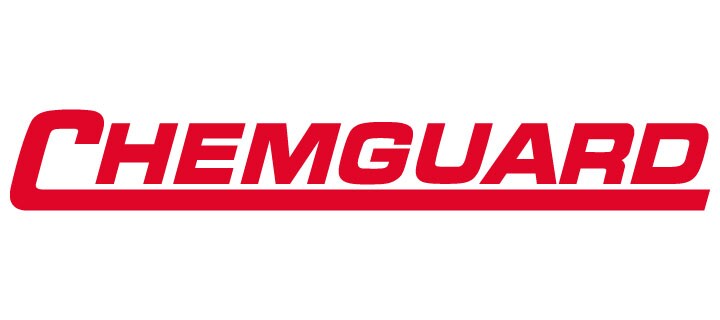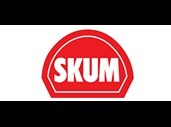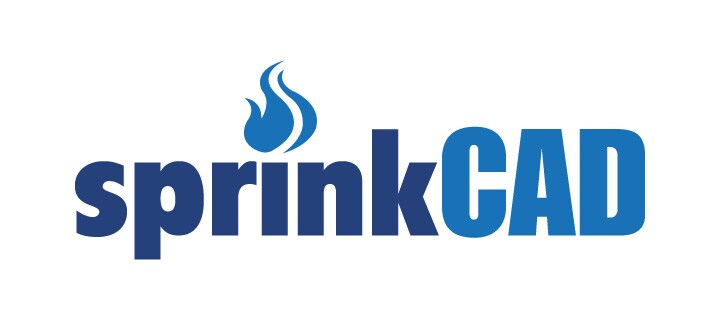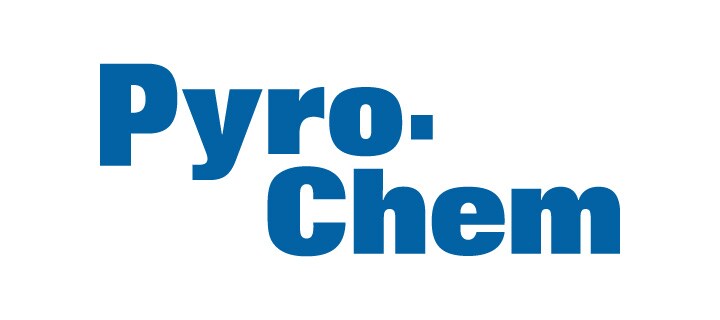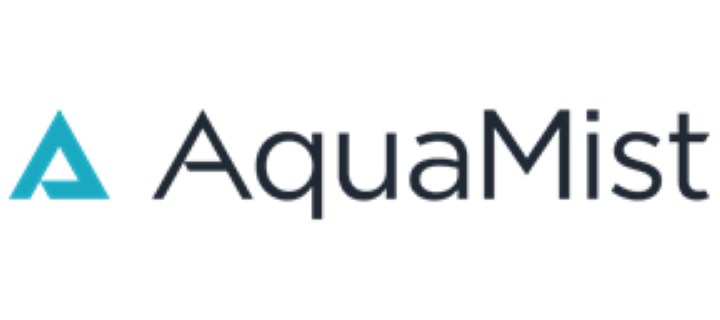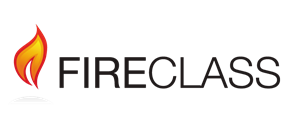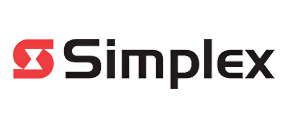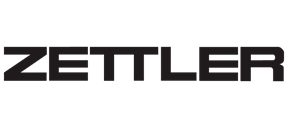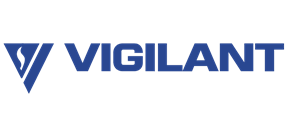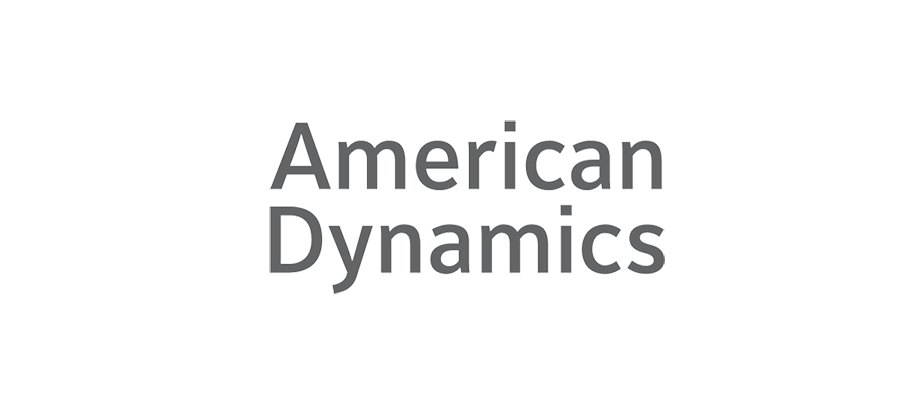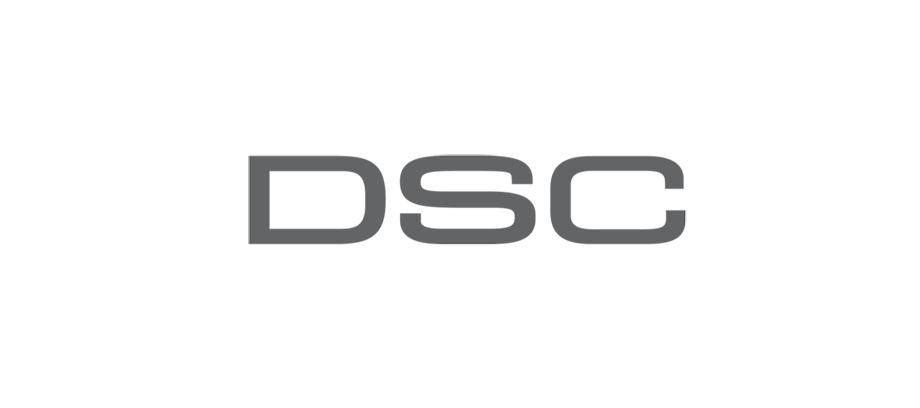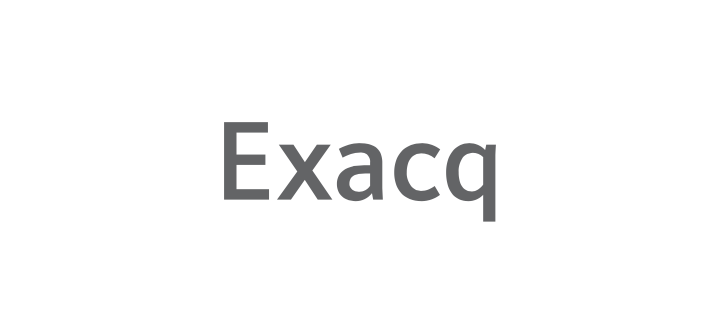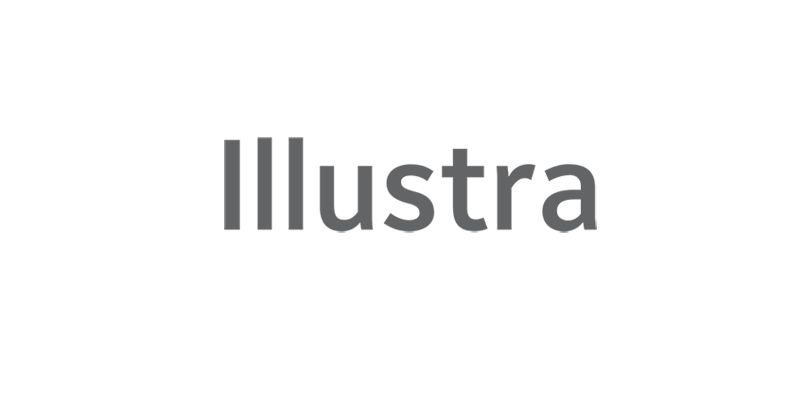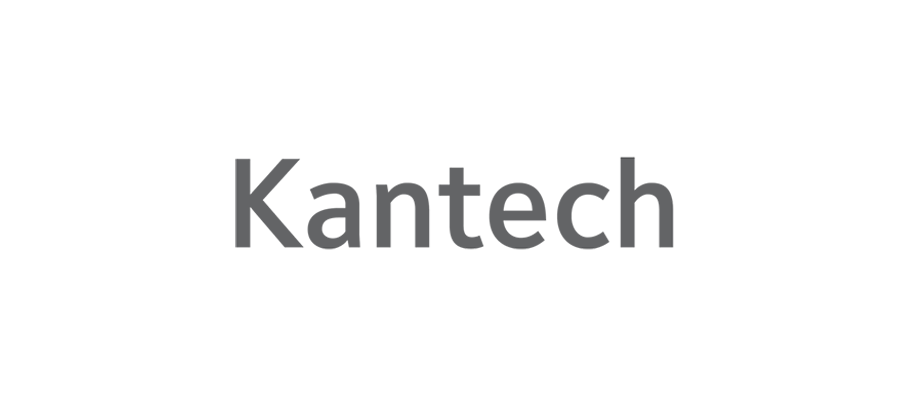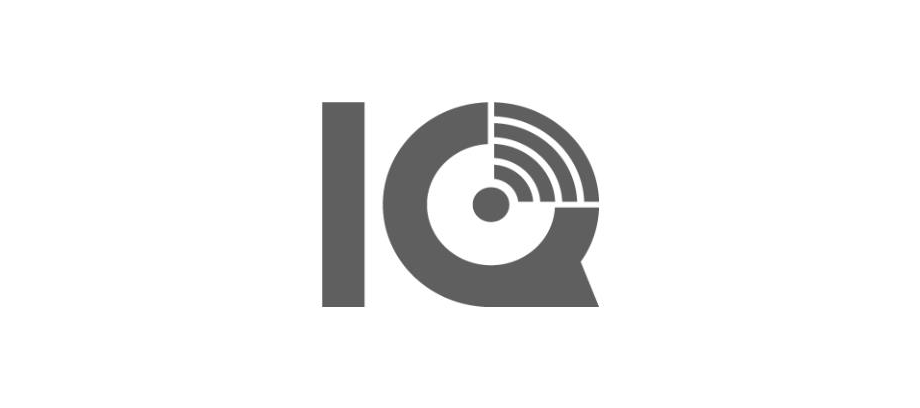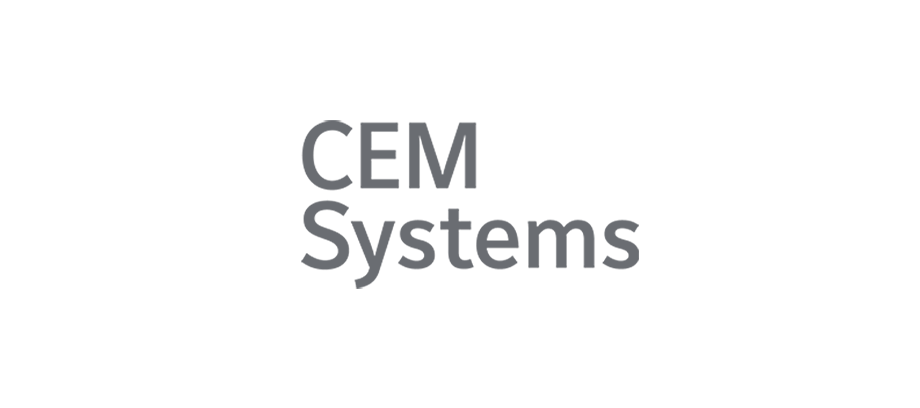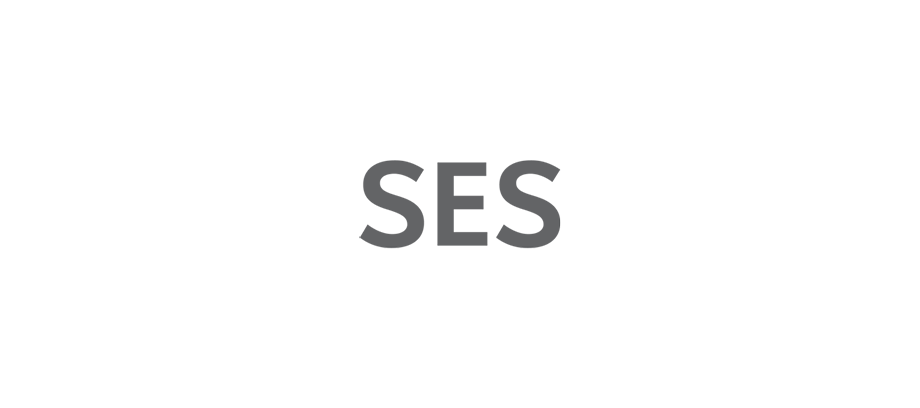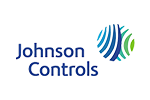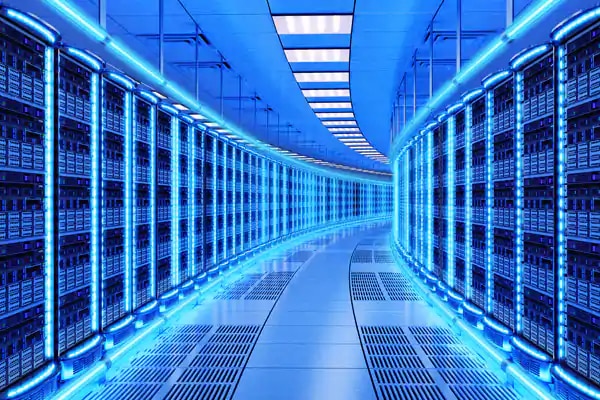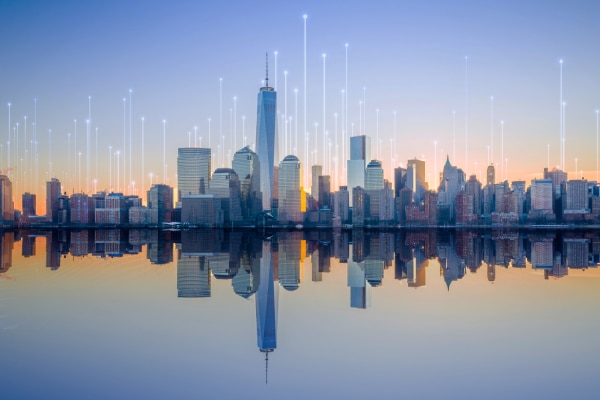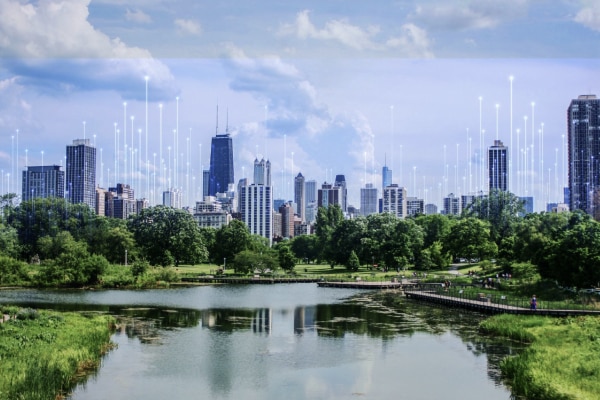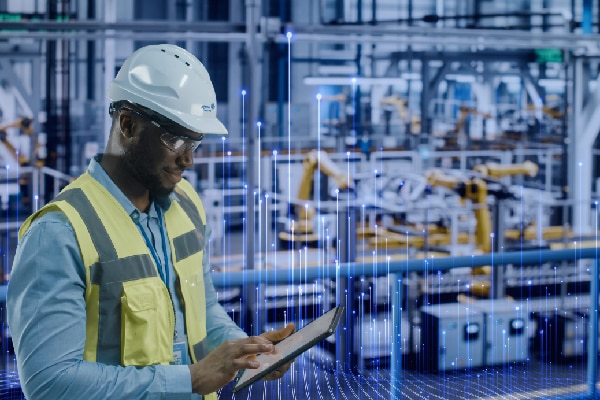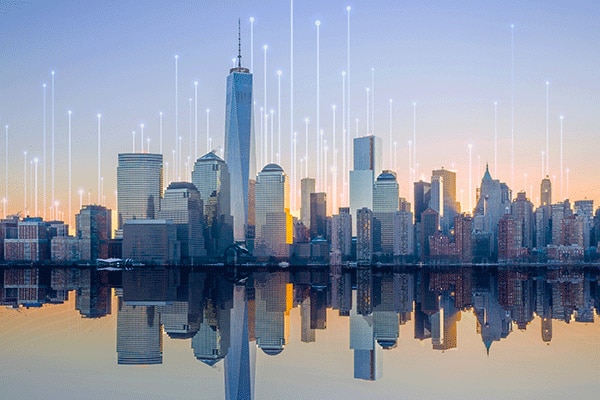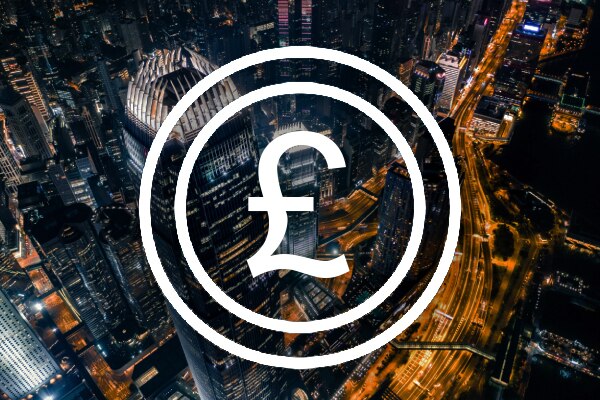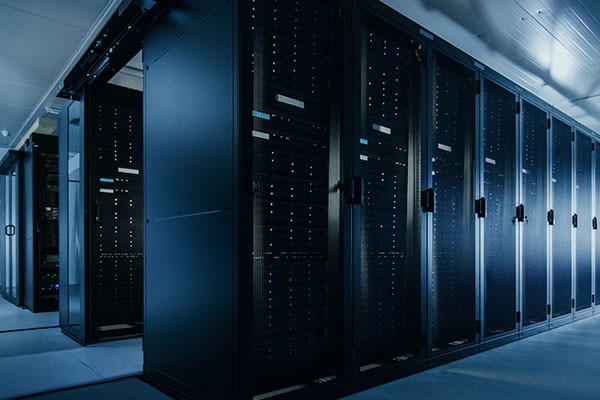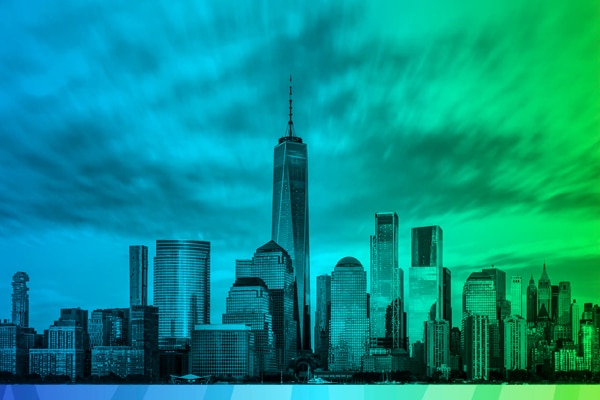A Guide to Gaseous Fire Suppression Systems for Commercial Buildings
Fire protection is a crucial consideration for any commercial setting. While conventional water-based systems like sprinklers are often effective, there are situations where they can cause damage to valuable assets, such as in data centres, electrical rooms, or archives. This is where gaseous fire suppression systems become an ideal solution. Designed to suppress fires without harming sensitive equipment, these systems are gaining popularity for their effectiveness and precision.
In this article, we explore the different types of gaseous fire suppression systems, including CO2, Inergen, and Novec 1230, and why businesses are increasingly turning to these innovative solutions.
What Is Gaseous Fire Suppression?
Gaseous Fire Suppression Systems work by releasing gas to extinguish fires, rather than water or foam. The gas reduces the oxygen or chemical reactions required for combustion, effectively putting out the fire quickly. These systems are ideal for spaces where traditional water-based methods could cause irreversible damage to equipment or materials. For businesses looking to protect assets such as server rooms, museums, or pharmaceutical labs, gaseous fire suppression systems are an excellent option.
Which Type of Gaseous Suppression Is Right for Me?
There are several different types of gas fire suppression systems, each with its unique properties and uses. Let's take a closer look at some of the most common options.
CO2 Fire Suppression Systems
Carbon dioxide (CO2) is one of the oldest and most widely used gaseous fire suppression agents. It is highly effective in smothering fires by displacing the oxygen needed for combustion. CO2 is particularly suitable for electrical hazards, flammable liquid fires, and spaces where the fire might grow quickly.
Advantages of CO2 Fire Suppression Systems:
- Rapid fire suppression capabilities
- No residue left behind after discharge, avoiding damage to equipment
- Suitable for areas with flammable liquids or electrical equipment
- Inexpensive compared to other gaseous systems
Considerations:
CO2 systems are not suitable for occupied spaces because CO2 displaces oxygen, making it dangerous for human health. These systems are typically used in areas where presence is minimal or where evacuation is quick and easy.

Inergen Fire Suppression Systems
Inergen is a clean, environmentally friendly fire suppression gas made up of natural components, including nitrogen, argon, and a small amount of carbon dioxide. Unlike CO2, Inergen is safe for use in occupied spaces as it reduces oxygen levels to below what is needed for combustion, but not to the point where human life is endangered.
Advantages of Inergen Fire Suppression Systems:
- Safe for use in occupied spaces
- Non-toxic and environmentally friendly
- Leaves no harmful residue
- Protects sensitive equipment and assets
Considerations:
Inergen systems require a large amount of gas to effectively suppress a fire, which means the storage space needed for the cylinders may be greater compared to other systems.

Novec 1230 Fire Suppression Systems
Novec 1230 is a newer fire suppression agent that is quickly gaining popularity for its clean, eco-friendly, and safe characteristics. It extinguishes fires by absorbing heat, reducing temperatures to a point where combustion can no longer continue. Novec 1230 is ideal for data centres, telecommunications facilities, and areas with high-value assets.
Advantages of Inergen Fire Suppression Systems:
- Environmentally sustainable with a very low Global Warming Potential (GWP)
- Safe for use in occupied areas
- Fast-acting, typically extinguishing fires in under 10 seconds
- Requires minimal storage space due to its high efficiency
Considerations:
The initial cost of a Novec 1230 system can be higher than CO2 or Inergen systems, but this is often offset by the protection it provides to high-value assets and its eco-friendly credentials.

Benefits of Gaseous Fire Suppression Systems
For businesses, these systems offer several key advantages:
- Minimal downtime: Since no water is used, there’s no risk of water damage, and business operations can often resume shortly after a fire event.
- Protection of critical assets: Whether you’re safeguarding expensive equipment or important data, gaseous suppression prevents damage that could be caused by water-based systems.
- Environmentally friendly options: Systems such as Novec 1230 offer excellent fire suppression capabilities without contributing to global warming or leaving harmful residues.
- Safety in occupied spaces: With the right system, gaseous fire suppression can be used in environments where people are present, such as offices.
Johnson Controls Industry-Leading Gaseous Fire Solutions
When it comes to the supply and installation of Gaseous Fire Suppression Systems, Johnson Controls are industry leaders. With extensive experience in designing and installing customised gaseous suppression systems, we ensure that every system is tailored to meet the specific needs of your commercial space.
To discuss your fire suppression requirements with one of our experts, please contact us using the form below.

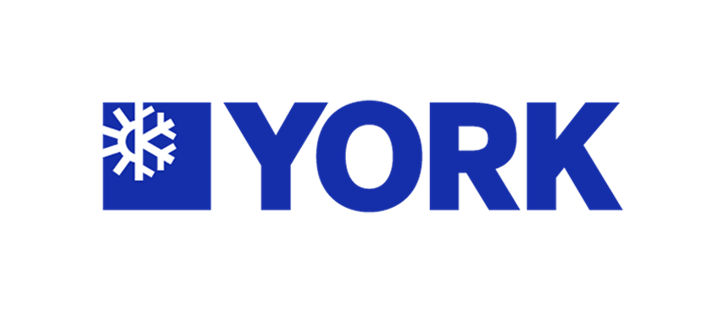

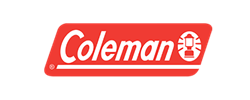


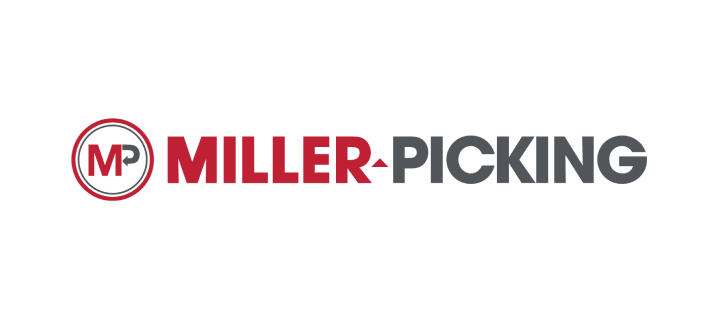

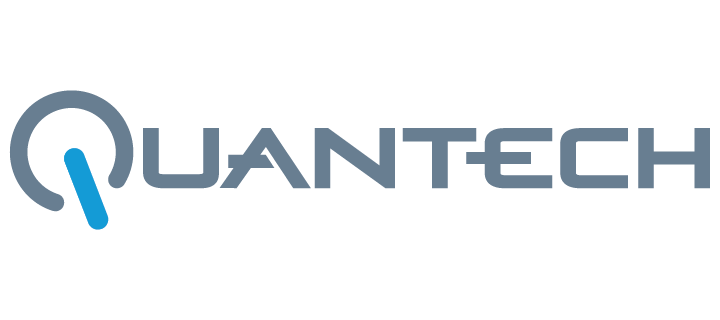
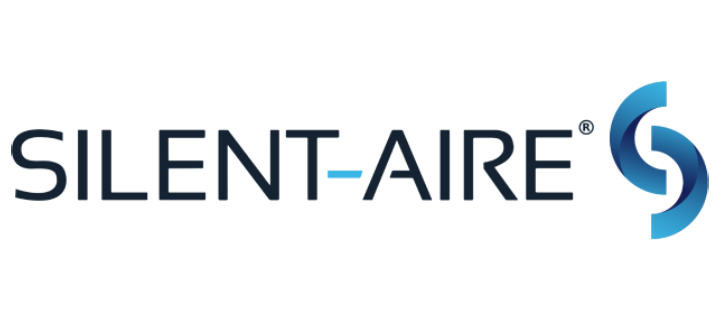
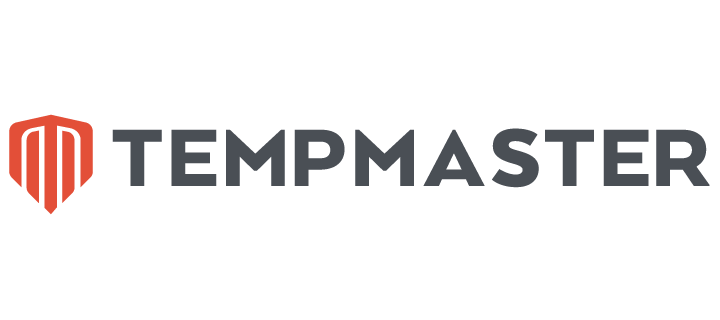

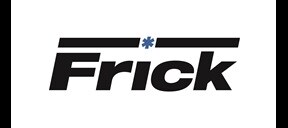


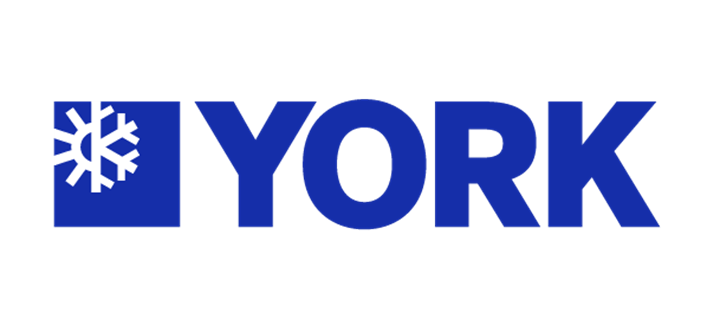
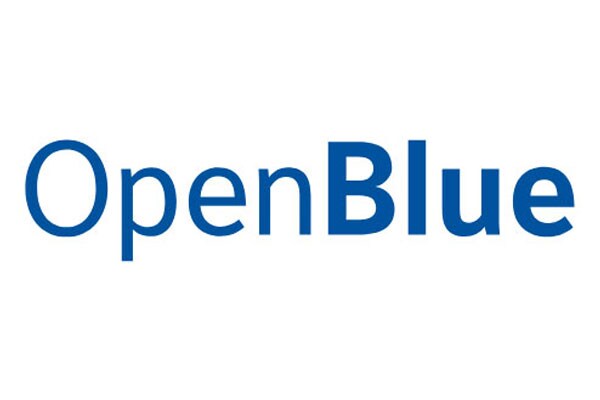
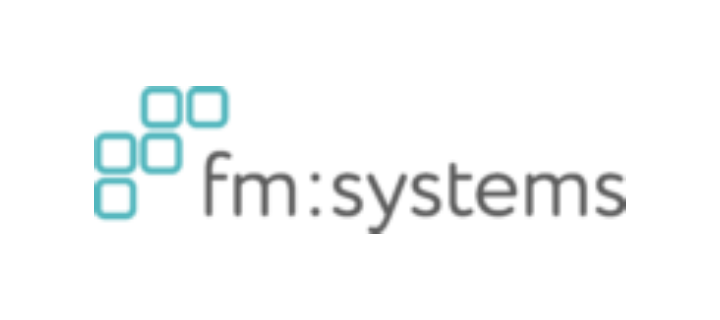
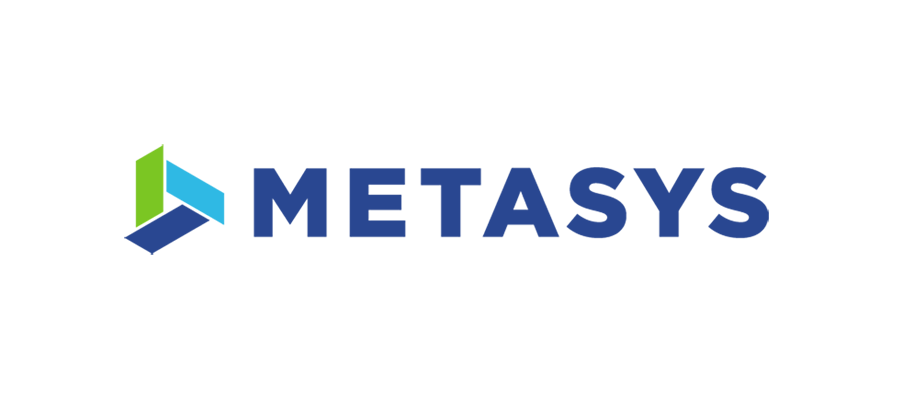


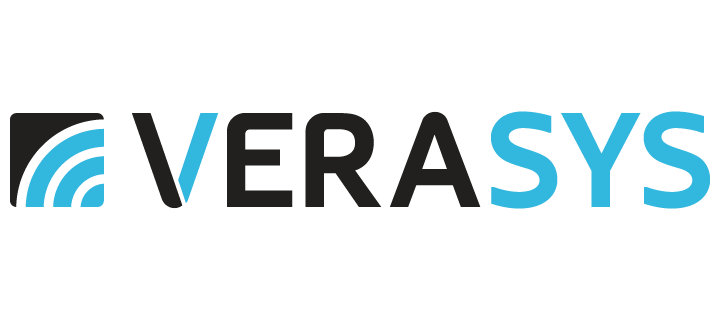
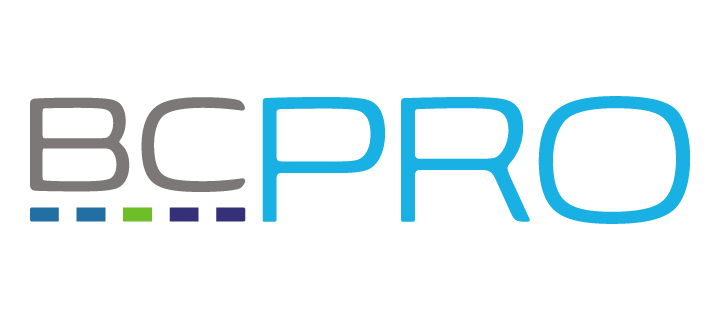


.png?la=en&h=70&w=157&hash=717A494A27ED61C45CEF95AC3A9C6309)
